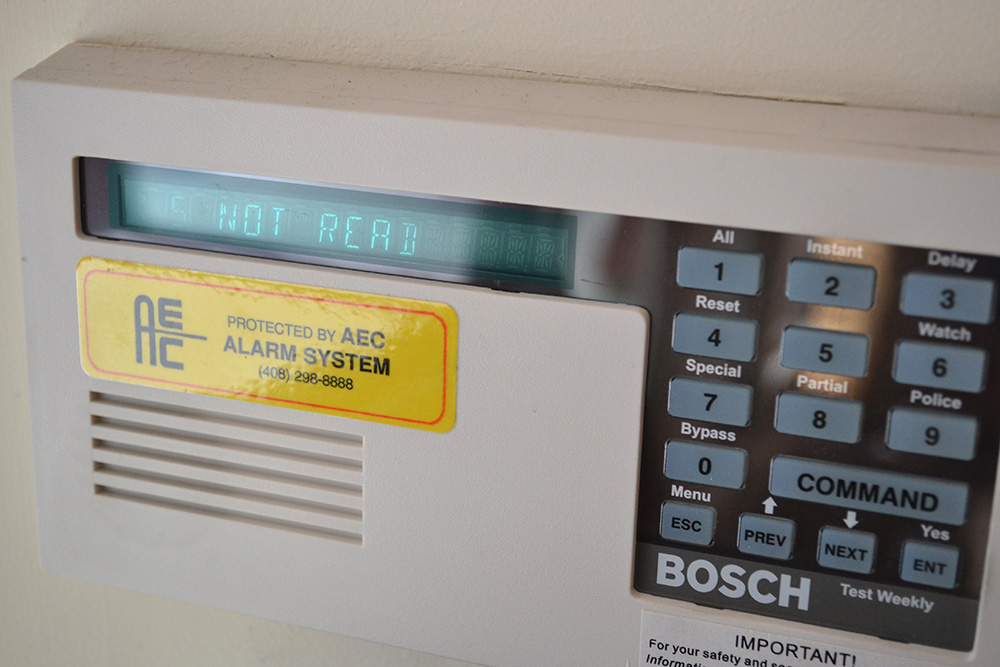

Marjorie Lindholm woke up on the morning of April 20, 1999 and headed off to Columbine High School. That particular day changed Lindholm’s life. Around mid-day, two seniors at the school, Dylan Klebold and Eric Harris, set out in arguably one of the most horrific school massacres on American soil. Twelve students and one teacher were killed, and twenty-four others were injured by the pair. As the summary of Lindholm’s book, “A Columbine Survivor’s Story,” says, “[Lindholm] spent the next four hours in that science room, frozen to the floor, afraid to move. She saw her life flash before her eyes. She watched as her favorite teacher slowly bled to death.”
Thirty-one more school shootings have taken place since the 1999 Columbine shooting. The Sandy Hook shooting, which only happened on Dec. 14, resulted in twenty elementary school students and six teachers dead. Many people believe that both these and other shootings derive from one particular reason: easy access to guns.
In an experiment conducted by ABC News, Omar Samaha was sent out to test the “gun show loophole.” If a private seller’s main objective is to collect and not sell guns, then they do not need to obtain a license, and therefore do not have to perform background checks on their buyers. Samaha was sent out to a gun show with $5,000 to buy as many guns as possible. He emerged, one hour later, with ten guns. Samaha says, “Anybody can do it. It’s that easy. Anyone. Someone who’s adjudicated mentally ill, someone who’s a known felon. Someone who has a history of crime. I think people don’t realize how easy it really is.”
Lately, there has been talk on the national level to allow security guards or teachers to have guns on school property in order to combat intruders. However, neither Aragon nor the district has any intent of pushing through with that idea. “It is not a practical idea for schools to keep guns,” Officer Mike Callagy of the San Mateo Police Department says. The same goes for the notion of instructing teachers with self-defense. “Police officers have certain tools, and we can’t equip teachers with that kind of training,” Callagy remarks. “Schools should be secure and safe, and teachers should not take on a threat.”
With the many shootings happening around the country, the school lockdown procedure is a must-know for students. The San Mateo Union High School District (SMUHSD) trusts each school to, “develop a comprehensive school safety plan that addresses the safety concerns identified through a systematic planning process.” Senior Alexa Smith remembers the lockdown procedure well, saying, “The teacher locks the doors and covers the window, and you get in the corner and protect yourself.” However, when the same question was asked to the younger grades, few students knew the procedure. “I’ve never practiced a lockdown,” sophomore Katie Kilcullen says. Freshman Camille Nemschoff only knows it because it was practiced at her middle school twice a year. “I don’t feel people take it seriously [at Aragon],” she claims. In contrast, Assistant Principal Joe Mahood says, “We practice lockdowns four times a year.”
In addition to the lockdown procedure, Aragon has security guards to protect students and teachers from further danger. California legislation states, “It is the intent of the Legislature to ensure the safety of pupils, staff, and the public on or near California’s public schools, by providing school security officers with training that will enable them to deal with the increasingly diverse and dangerous situations they encounter.”
Callagy mentions that schools should be focusing on prevention instead of protection. “You should take it seriously if a student says something threatening,” he tells. Mahood agrees. “Your safety is my primary concern,” he explains. “We need to know about it if you or another person says something threatening. There is something going on, and you need help.”
With the media constantly blowing up stories about school violence, it’s hard not to be worried. The real fact is, school shootings are rare. David Finklehor, Director of the Crimes Against Children Research Center at the University of New Hampshire, reports, “the chances of a student being harmed or killed over the course of a school day is less than one in a million.” Still, it’s best to be prepared. “People don’t think anything bad will happen, until it does,” freshman Marly Miller remarks.




